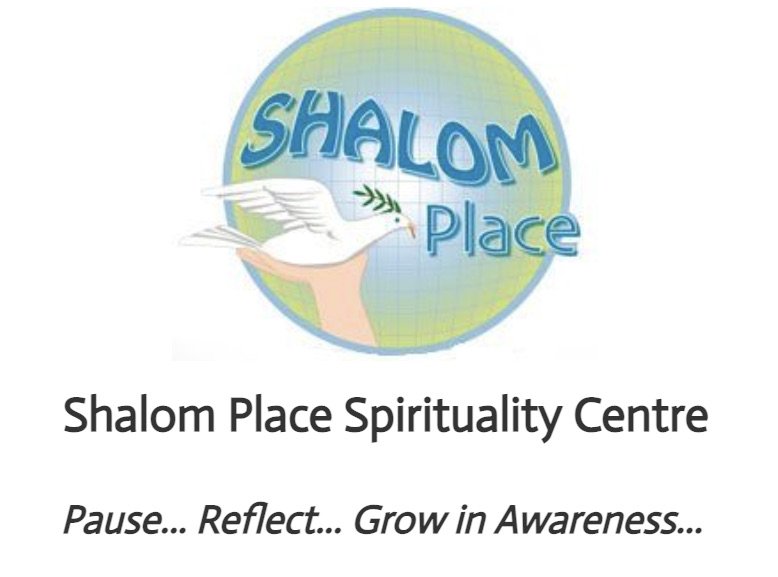 Image 1 of 1
Image 1 of 1


Crossing Over (Barnard)
Crossing Over provides a unique view of patients, families, and their caregivers in the face of incurable illness. Twenty richly-detailed narratives bring vividly to life the experiences of dying and bereavement, weaving together emotions, physical symptoms, spiritual concerns, and the stresses of family life, as well as the professional and personal challenges of providing hospice and palliative care. Drawing on a variety of qualitative research methods, including participant-observation, interviews, and journal keeping, the narratives depict the sights, sounds, tastes, and smells of daily life in patients' homes and in the palliative care unit. Crossing Over moves far beyond conventional case reports in medicine, which typically concentrate narrowly on symptoms and treatments, and beyond clichés about "dying with dignity." It provides intimate views of the anger and fear, tenderness and reconciliation, jealousy and love, unexpected courage and unshakable faith, social support and "falling through the cracks," which are all part of facing death in North American society. It provides an extraordinary portrait of the processes of giving and receiving hospice and palliative care in the real world, as opposed to idealized versions in many textbooks.
This edition of Crossing Over has been thoroughly revised and updated to reflect changes in hospice and palliative care and in North American society since the first edition in 2000. Chief among these are the expansion of hospice and palliative care as a field, the ravages of the COVID-19 pandemic, the wider availability of medical aid in dying, and a heightened awareness of how structural racism, classism, and other forms of discrimination shape individuals' and families' experiences right up to the close of life.
Crossing Over provides a unique view of patients, families, and their caregivers in the face of incurable illness. Twenty richly-detailed narratives bring vividly to life the experiences of dying and bereavement, weaving together emotions, physical symptoms, spiritual concerns, and the stresses of family life, as well as the professional and personal challenges of providing hospice and palliative care. Drawing on a variety of qualitative research methods, including participant-observation, interviews, and journal keeping, the narratives depict the sights, sounds, tastes, and smells of daily life in patients' homes and in the palliative care unit. Crossing Over moves far beyond conventional case reports in medicine, which typically concentrate narrowly on symptoms and treatments, and beyond clichés about "dying with dignity." It provides intimate views of the anger and fear, tenderness and reconciliation, jealousy and love, unexpected courage and unshakable faith, social support and "falling through the cracks," which are all part of facing death in North American society. It provides an extraordinary portrait of the processes of giving and receiving hospice and palliative care in the real world, as opposed to idealized versions in many textbooks.
This edition of Crossing Over has been thoroughly revised and updated to reflect changes in hospice and palliative care and in North American society since the first edition in 2000. Chief among these are the expansion of hospice and palliative care as a field, the ravages of the COVID-19 pandemic, the wider availability of medical aid in dying, and a heightened awareness of how structural racism, classism, and other forms of discrimination shape individuals' and families' experiences right up to the close of life.
